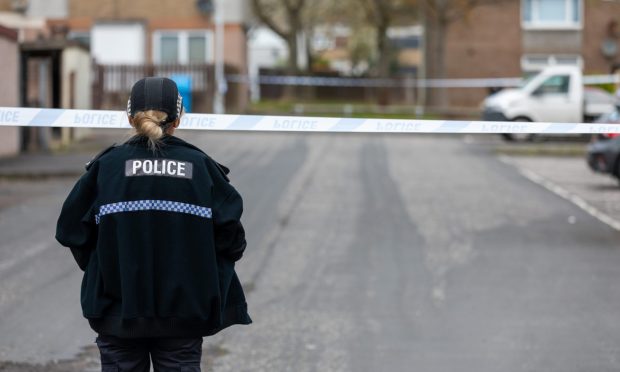A steep rise in the number of Fife teachers signed off with stress has sparked renewed concern about the pressures being put on staff in the classroom.
With the region’s schools breaking up for the summer break on Friday, new figures have revealed that 262 teachers have cited stress as a reason for their absence in the last academic year.
It is a sharp rise from 207 the previous year, 192 in 2016/17 and 173 during session 2015/16.
The statistics have emerged following a recent survey by National Association of Schoolmasters Union of Women Teachers (NASUWT) which suggests two thirds of teachers believe their job is having a detrimental impact on their mental health.
James Calder, Liberal Democrat councillor for Dunfermline South who requested the up-to-date figures for Fife, called the worrying trend “deeply concerning”.
“There is clearly something going wrong here and it will be having a detrimental impact on our children’s education,” he said.
“It is important we understand the reasons for this and provide more support for our teachers.
I am calling for Fife Council to give more support in the classroom in particular, where I have had a number of concerns raised by teachers, to combat the reasons for the stress.
“We also need greater resources put into mental health services in general which are crucial in dealing with these issues.”
The figures for teachers citing mental health reasons for their absence fared slightly better, with the past academic year’s figure of 68 a drop of six on the previous year’s 74.
Fife’s education convener, SNP Councillor Fay Sinclair, confirmed the figures for stress had risen sharply over the past four sessions but said it was wrong for Mr Calder to make an automatic link between a teacher’s job and their mental health.
Pointing to research that around 20% of the stress figures were thought to be specifically work-related, she noted a number of categories could fall under the ‘stress’ banner, including acute stress disorder, anxiety disorder, burnout, chronic fatigue, debility, depression, exhaustion, fatigue, mood disorder, nervous breakdown, nervous debility, nervous disorder, panic attacks, sleep problems, stress and work-related stress.
However, she maintained the education service is monitoring stress levels and putting measures in place to try and alleviate the situation.
“In terms of what we’re doing to support teachers, the council as a whole recently received a gold award in the Healthy Working Lives initiative and it has endorsed supportive measures that are in place for staff,” she added.
“The Our Minds Matter mental health framework is extended to staff as well, so support is available.
“That’s continually being reviewed to ensure the support is appropriate and is what teachers need.”










